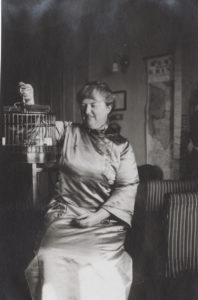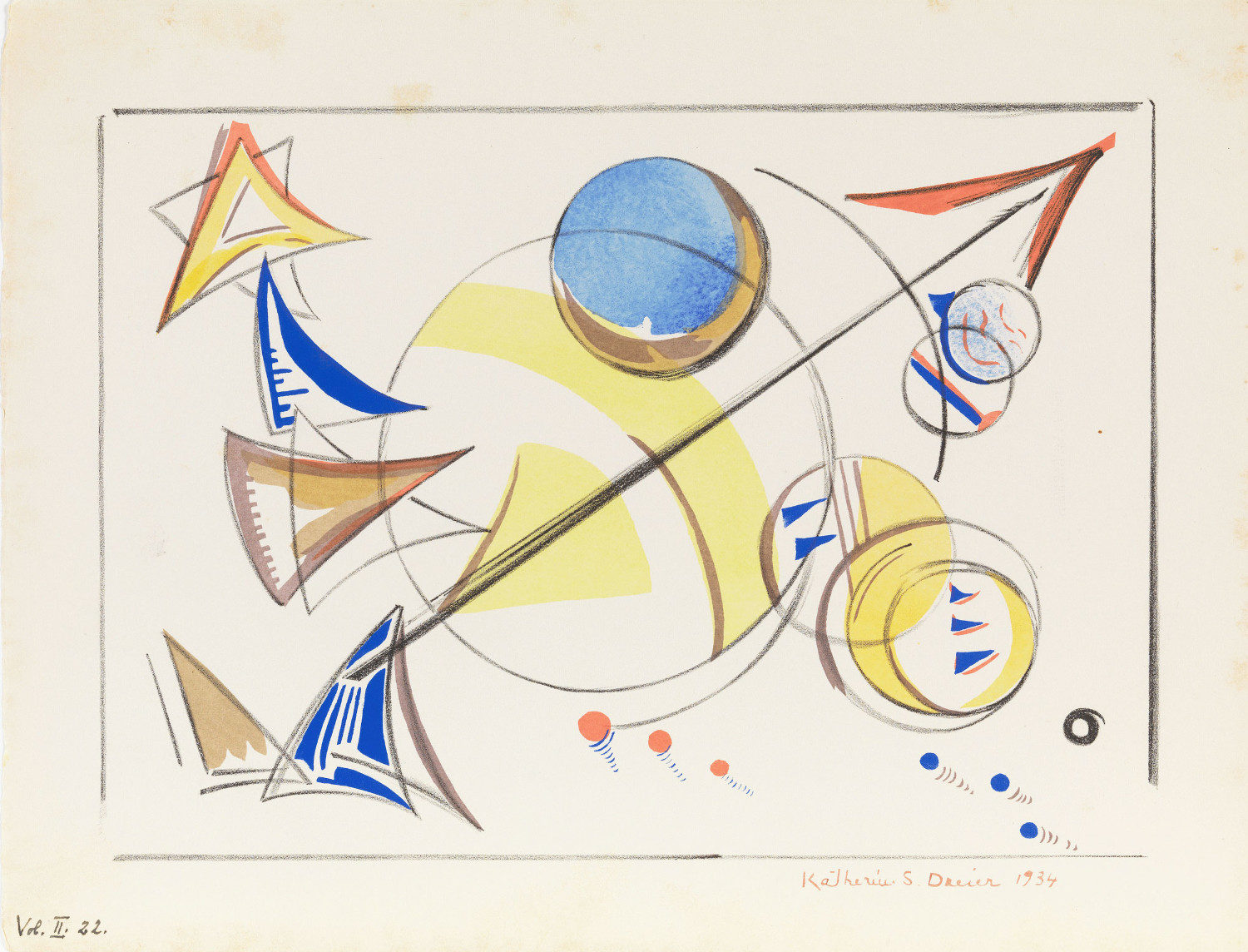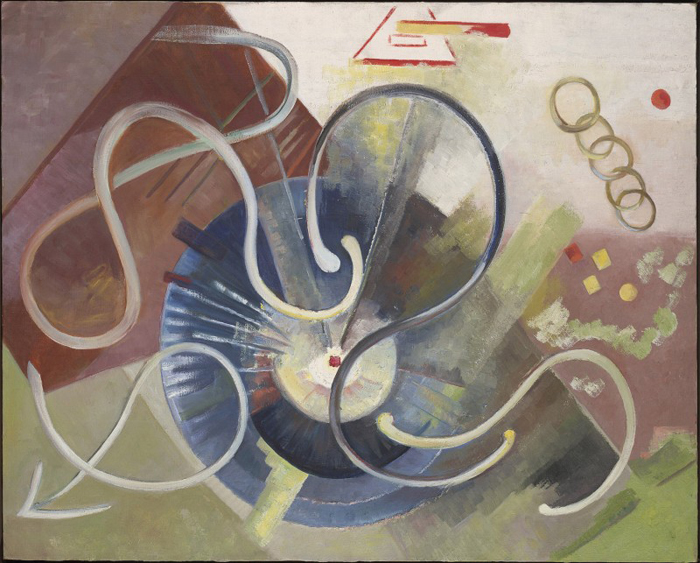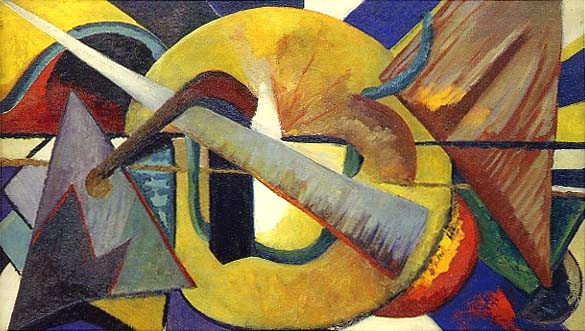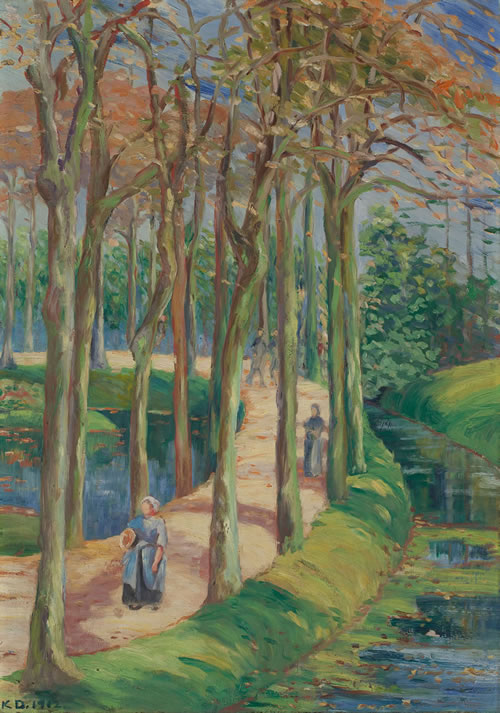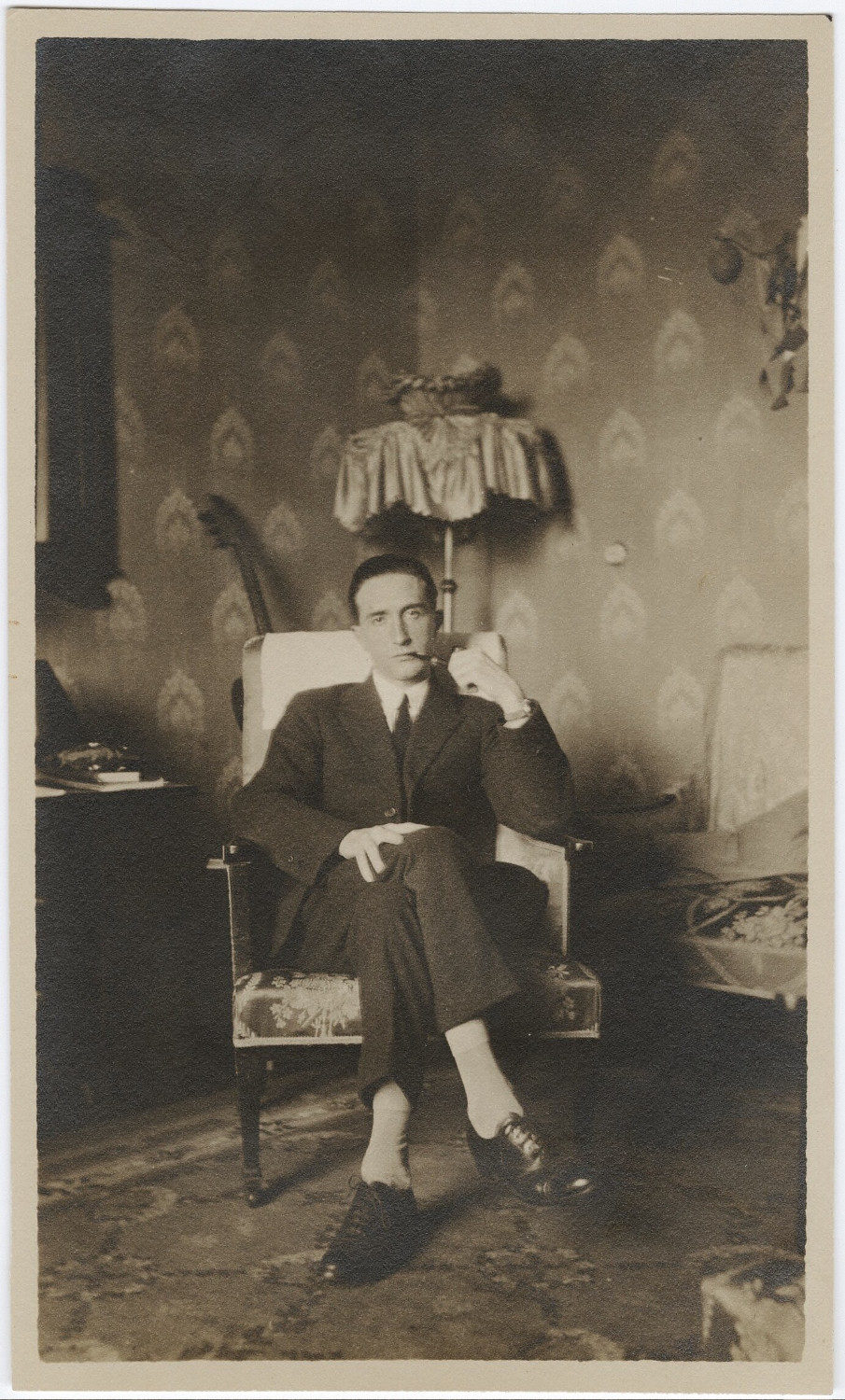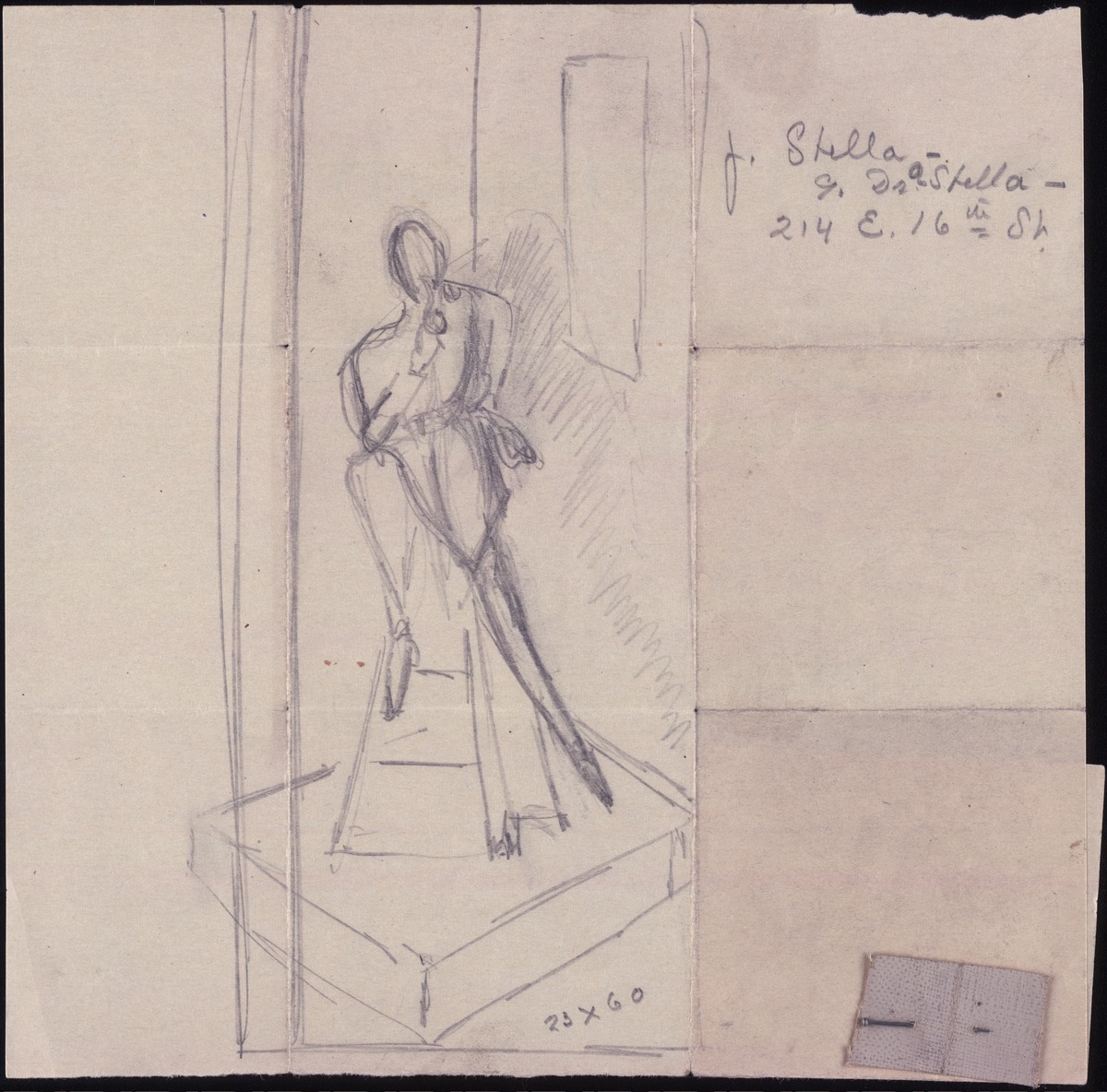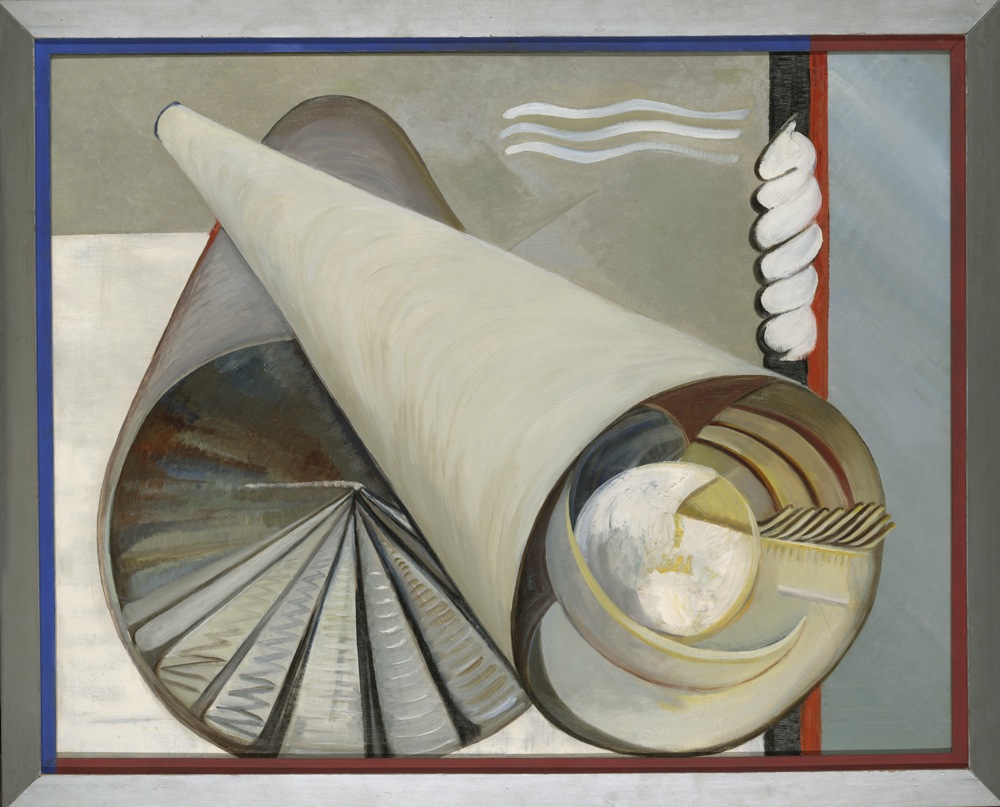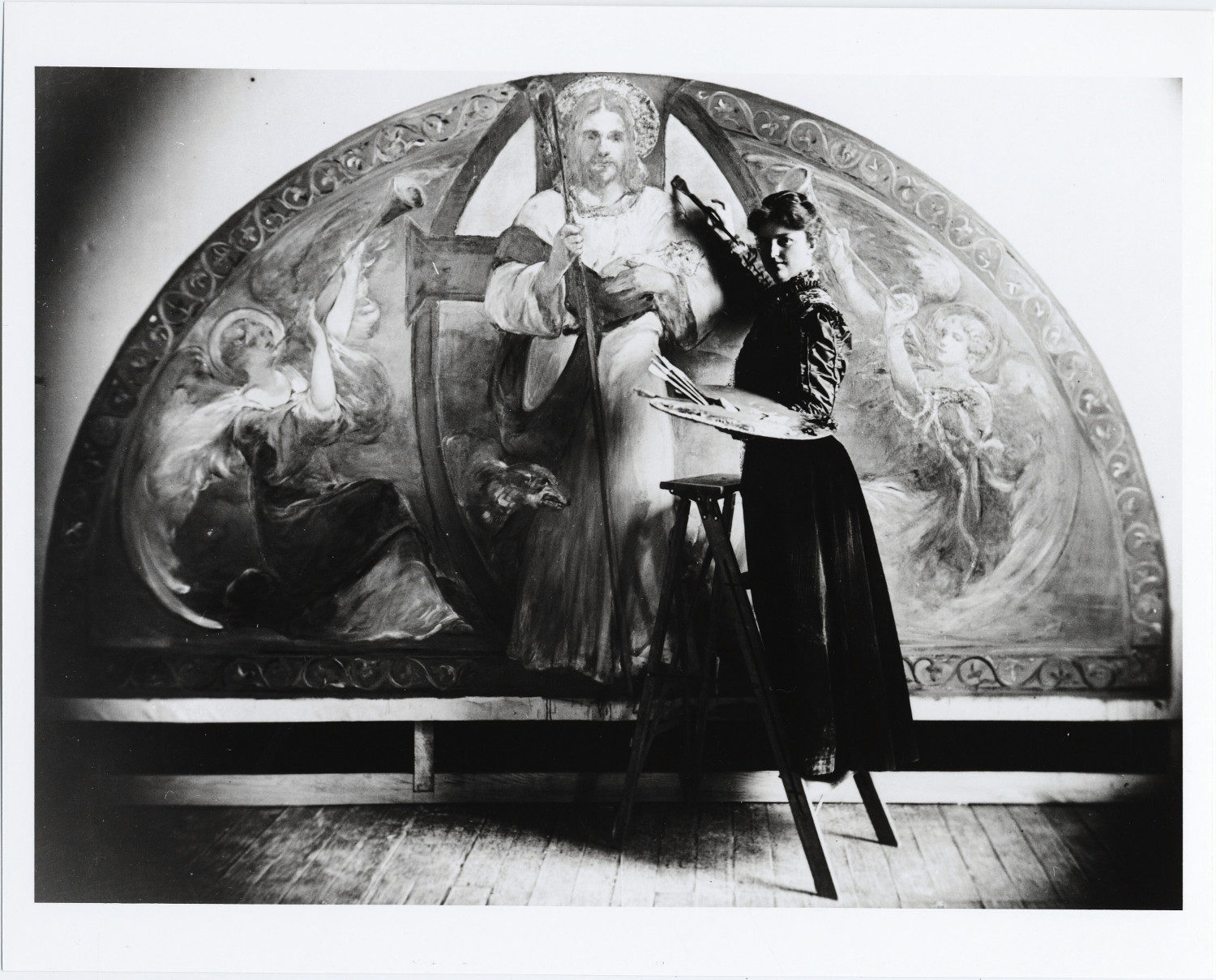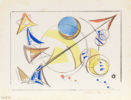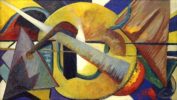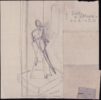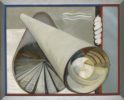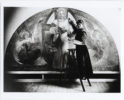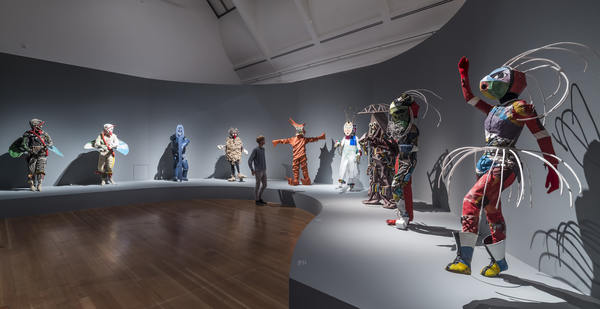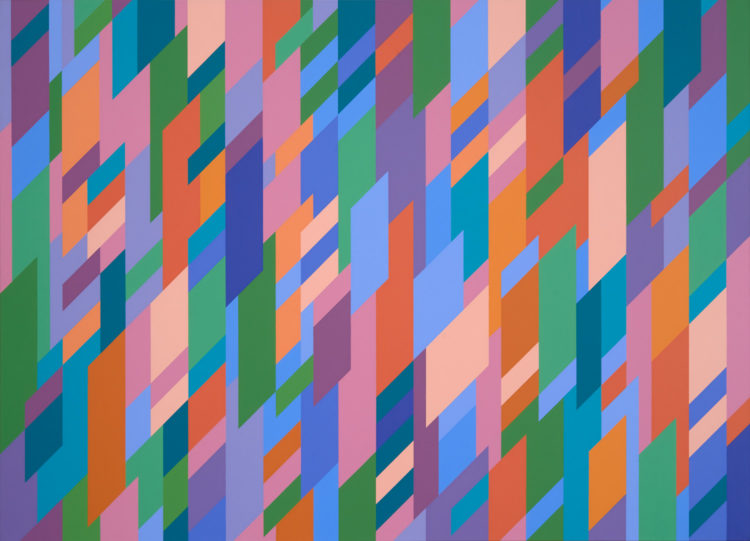Katherine Dreier
Société Anonyme, Katherine S. Dreier : lecturer and painter, New York, 1935
→Bohan Ruth, The Société Anonyme’s Brooklyn Exhibition : Katherine Dreier and Modernism in America, UMI Research Press, 1982
→Herbert Robert (ed.), The Société Anonyme and the Dreier bequest at Yale University : a catalogue raisonné, Yale University Press, 1984
The Société Anonyme, Hammer Museum, Los Angeles, 23 April-20 August 2006
American painter, collector, and art theoretician.
Katherine Dreier was a major personality of the New York art scene in the years from 1910 to 1950. She became a passionate advocate of the avant-gardes, especially of abstraction, which she practiced herself in her painting (Abstract Portrait of Marcel Duchamp, 1918); reading Kandinsky and Helena Blavatskaya, among others, led her to always favour a “spiritualistic” conception of abstract art, even when it fell into disfavour in the 1920s. She defended the modernists on every front: in the field of patronage, with the creation of the Société Anonyme in 1920 (after her contribution to the foundation of Walter Arensberg’s Society of Independent Artists in 1916) with her good friend Marcel Duchamp and Man Ray, an organisation dedicated to promoting the avant-gardes and putting together a collection of works as remarkable as the collections of the Steins, Arensbergs and Gallatins, and worthy in its own right of a Museum of Modern Art; in the theoretical field, by writing prefaces and her major work, Western Art and the New Area: An Introduction to Modern Art, published in 1923; and finally in the educational field, by organising a number of exhibitions, in particular the International Exhibition of Modern Art in Brooklyn in 1926, a complete overview of European avant-garde art, headed by the abstractionists (Mondrian, De Stijl, Bauhaus, the “Hanover abstractionists”, geometric abstractionists).
The exhibition was an opportunity to publish an important catalogue and run a series of conferences that followed the travelling exhibition. Her advocacy bore fruit: abstraction became an essential part of art history and gained new prominence in 1936-37 with the creation – after the foundation of Group A in 1934 (in which she mixed with Josef Albers, Burgoyne Diller, Arshile Gorky, John Graham, Harry Holtzman, Paul Outerbridge) – of the American Abstract Artists, which she headed with equal passion. Her commitment to modernisms (as well as her resolute support of the struggles of women and the poor) went hand in hand with her contempt for the art market, which led her to donate the Société Anonyme’s prominent collection (grouped with her own collection in 1939) to the Yale University Gallery; then came her donations to various American museums, particularly the Philadelphia Museum of Art in 1952 and the Guggenheim Museum of New York in 1953.
© Éditions des femmes – Antoinette Fouque, 2013
© Archives of Women Artists, Research and Exhibitions, 2018



